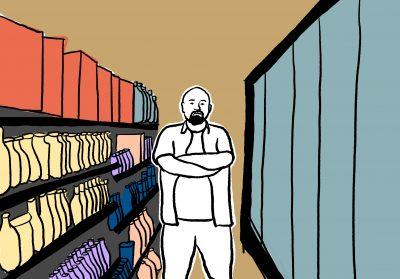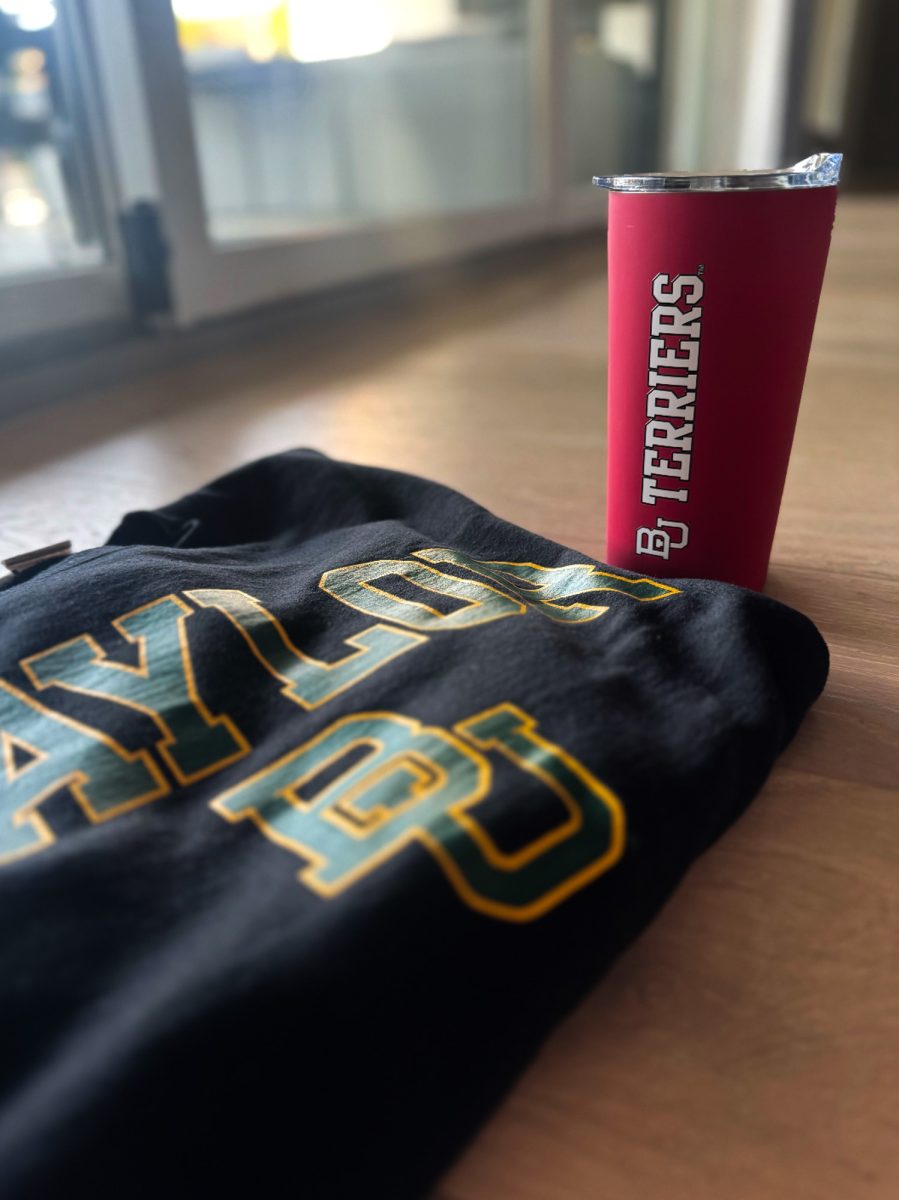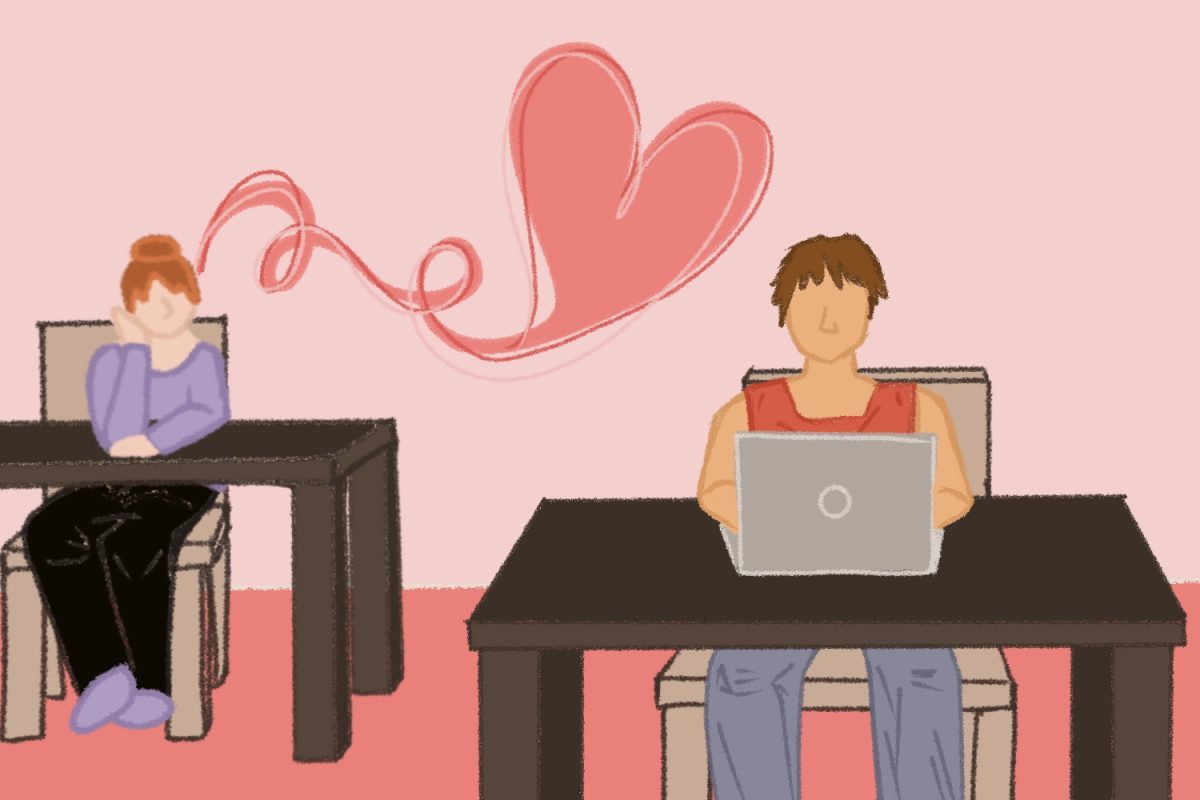Op-Eds do not reflect the editorial opinion of The Daily Free Press. They are solely the opinion of the author(s).
By Emma Sánchez, Managing Editor
I would like to paint you a picture of the early 2000s: the Garden of Eden of diversity. As a 2000s baby, my main source of content was children’s shows and cartoons. Who can forget “American Dragon: Jake Long,” “The Proud Family,” “That’s So Raven,” “Maya and Miguel,” and my personal Latina idol, “Dora the Explorer”?

For many children — especially children in communities that lacked diversity — these shows were their only introduction to other cultures. Many children’s shows were more representative and didn’t gloss over common issues minorities struggle with. For example, the “That’s So Raven” episode “True Colors” dealt with the topic of racial discrimination in hiring.
Moreover, “Dora the Explorer,” in particular had a team of Latin American culture experts and professors who studied children’s reactions to the show in order to make it the best representation possible for Latinx people at the time.
Growing up in a Puerto Rican and Ecuadorian household, my parents always placed importance on learning about my Latin American heritage. “Dora the Explorer” quickly became my favorite show, as it introduced the Spanish language to my friends and a whole generation of children. I felt as though my culture was finally being seen in a positive light.
The landscape of TV shows looks a lot different these days. With shows like “Bridgerton” sparking controversy for colorblind utopias, it seems like showrunners are just using diversity for diversity’s sake.
In an article by The Georgetown Voice, author Kulsum Gulamhusein writes that “Bridgerton” lies somewhere in between colorblind casting — where a character is cast based on specific personality traits versus their identifiers — and identity-conscious casting — where race and other identifiers are acknowledged in casting and utilized to add another layer of meaning to the text.
“The way that race fits into the storyline seems to have been an afterthought,” Gulamhusein writes. Instead of immersing us in a fictional world where all races coexist without hierarchy, the show pops in one scene explaining how the King, a white man, fell in love with the Queen, a Black woman, and ended racism. Gulamhusein writes that this “shallow observation” seems shoehorned in and doesn’t address the fact that there are no Asian or Latinx characters with speaking lines in the show.
While I am comparing adult shows now to children’s shows from back then, one must understand that the young adult shows that are airing today target a demographic — late millennials and early Gen Z-ers — that grew up with diverse forms of media.
“Bridgerton” and shows like it that cater to Hollywood’s attempt at placating the need for diverse representation for cultural relativity.
But baseline diversity coverage is not full cultural immersion.
Netflix is notorious for including the “token minority” in their teen flicks. Take “Tall Girl”’s Fareeda, the white protagonist’s Black best friend, who many have pointed to as a classic example of tokenism.
As more creatives of color enter leadership roles as playwrights, casting agents and directors, the response of mainstream media today seems to begin and end with colorblind casting.
What I mean by culturally conscious content is that along with more diverse casting, more diverse narratives should be set on stage and screen in tandem.
One example that almost perfectly emulates a culturally conscious show for the modern age is “On My Block.”
For some viewers, “On my Block” may seem stereotypical for having a Latino character, Cesar Diaz, pulled into his brother’s gang. But Cesar is not portrayed as just a gang member — he is portrayed as a smart kid who is forced to be in a gang based on the tough situations America’s system placed him in — and that’s the harsh truth for low-income communities of color.
What strikes me the most about “On My Block” are the minute details: planning Olivia’s quinceañera, Abuelita visiting the curandera with Jamal Turner and the culture-shock main character Monse Finnie faces when she moves to a wealthy white neighborhood.
The only white characters we ever see are when Monse moves away from her neighborhood in Freeridge or when Ruby Martinez’s older brother supposedly gets his white girlfriend pregnant. But even then, they are portrayed as outsiders, never really understanding the cultural inside jokes around them.
In culturally conscious media, creators must tread between cultural relevance and blatant stereotyping. But without culturally conscious shows, we risk returning to the baseline that white equals the default. With the United States becoming more diverse, it’s important for people to see how different ethnicities form their own definitions of American culture. This fine line can be walked through enough research and focus groups.
Maybe it’s just the pandemic making me gravitate to cultural shows so much, but there’s something special about watching a show like “Kim’s Convenience,” for instance, and being transported to a world that is different, yet so similar.
This beloved show sadly doesn’t come without controversy, as it was canceled after its fifth season. Simu Liu, who played the character Jung Kim in the show, expressed his concerns after a change in the writing staff made for less authentic storytelling. The new lack of Korean or Asian writers in general paired with the lack of opportunities given for the Asian stars of the show to enter the writing room made for what Liu called “missed opportunities to show Asian characters with real depth and the ability to grow and evolve” in a Facebook post.
I think the best way to end this conversation is with a quote from Lena Waithe’s character on “Big Mouth,” “We got to know about the Beatles, but they ain’t gotta know s— about Jodeci … Just because I’m a minority, I need to minimize my culture?”
























































































































Robert Hagedorn • Sep 7, 2021 at 2:22 pm
“I would like to paint you a picture of the early 2000s: the Garden of Eden of diversity.”
And here’s a picture of the ORIGINAL Garden of Eden of diversity: Adam and Eve are supposed to be fruitful and multiply in this Garden of Eden of diversity by eating from the Tree of Life. But instead of procreating by eating from the Tree of Life while still in the Garden, they eat forbidden fruit from a forbidden mystery tree named the Tree of Knowledge of Good and Evil, or, as some would call it, the Tree of Knowledge.
But what forbidden fruit do they eat, and how does the eating of this fruit from the wrong tree prevent them from obeying the Genesis 1:28 commandment to be fruitful and multiply by eating from the Tree of Life? Before this question can be answered, the location of the forbidden tree must first be determined. The evidence in the story tells us exactly where that location is within the Garden of Eden.
The Genesis story tells us in Genesis 2:9 and 3:3 both trees are in the center of the allegorical Garden. So the forbidden Tree of Knowledge of Good and Evil is right next to the allowed tree, the Tree of Life, and it’s fruit.
If the forbidden fruit from the forbidden tree is literal fruit, the eating of this fruit would give only knowledge of the fruit’s taste, not the knowledge of good and evil. But the covering of the genitals with fig leaf aprons following the eating of the “fruit” does indicate sudden acquisition of “knowledge of good and evil,” a knowledge that results in sexual shame. It is difficult to understand how eating literal fruit results in sexual shame. And it is difficult to understand how normal and necessary sexual relations between Adam and Eve result in sexual shame, since the only specific commandment to them is to “be fruitful and multiply” in the Garden, a commandment they disobey, because no children are produced until after the eviction from Eden, and after they have normal and necessary sexual relations for the first time in Genesis 4:1.
Adam and Eve execute double disobedience when they eat of the forbidden fruit–they fail to procreate by doing what they are forbidden to do. And they fail to procreate by not doing what they are commanded to do. Both failures occur simultaneously.
The second tree’s fruit in the center of the allegorical Garden of Eden, Eve’s body, is not forbidden sexual pleasure, but forbidden nonprocreative pleasure derived from a specifically forbidden sexual act: Adam and Eve experience pleasurable engagement in nonprocreative anal sex when they yield to the temptation represented in the allegory by the talking snake.
In partaking of the forbidden pleasure from the forbidden second tree instead of the allowed pleasure from the allowed first tree, Adam and Eve disobey God’s first and only commandment to them to be fruitful and multiply in the Garden of Eden.
This long-forgotten exegesis offends our modern sensibilities (for some mysterious reason), but explains everything, and offers not only a superior and more serious exegesis than the eating of a forbidden apple, but also enlightenment for the untrue and oft-repeated “Only God knows what fruit they ate.” Yes, a Deity would know what “fruit” they “ate,” but the evidence in the Genesis allegory reveals the Deity’s knowledge to anyone who wishes to know, and has the courage to overcome emotional resistance and uneasiness resulting from being exposed to this knowledge.
Adam and Eve’s own knowledge of good and evil is a byproduct of their disobedient behavior, which is to experience forbidden nonprocreative sexual pleasure by eating allegorical fruit from an allegorical wrong tree in the center of an allegorical garden, while at the same time quite possibly living in a literal garden with literal fruit trees and literal snakes that do not talk to women.
thiết kế web chuẩn seo • Sep 7, 2021 at 3:45 am
I appreciate this article because its content is very quality, I will definitely share it with friends and relatives, hope you always stay healthy to make more articles.